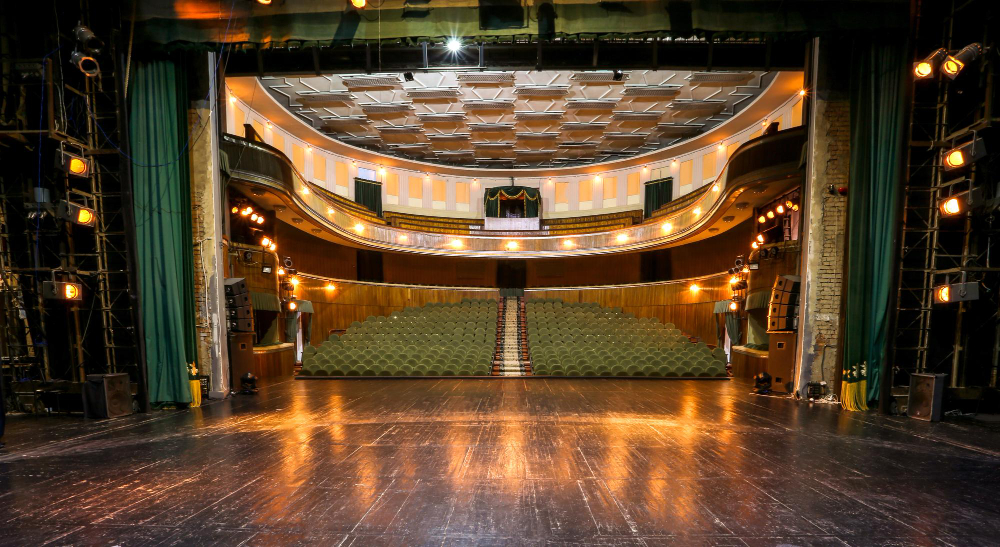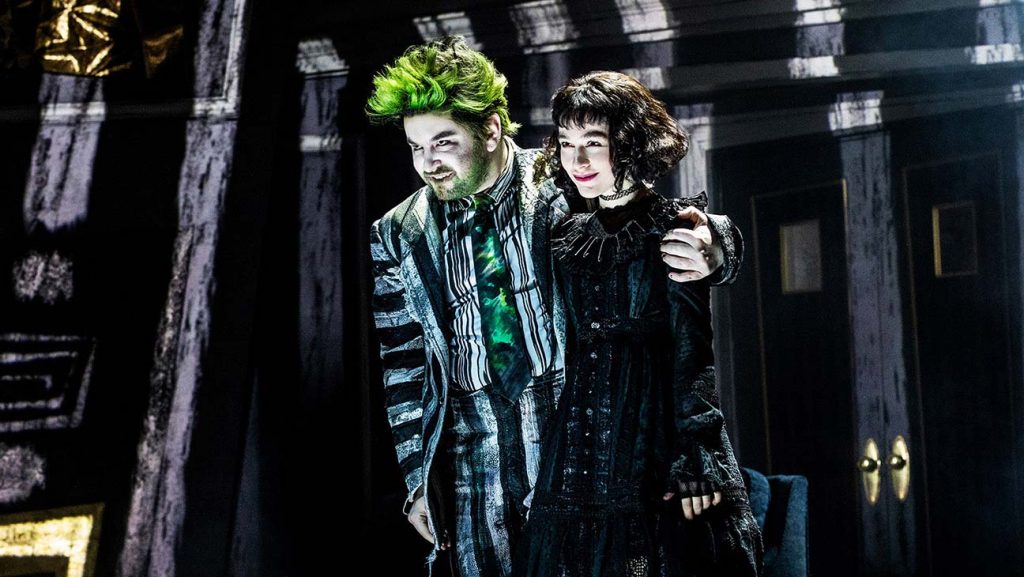
The Difference Between Realism and Naturalism in Theatre: A Beginner’s Guide
Theatre history can be confusing, particularly when it comes to understanding the differences between realism and naturalism. While both movements in theatre were focused on creating more authentic and believable performances on stage, they have distinct differences that are important to understand. In this article, we’ll explore the key differences between realism and naturalism in theatre, their techniques, and how they have influenced theatre and cinema.
Realism and Naturalism Techniques
Realism
Realism in theatre is often associated with Norwegian playwright Henrik Ibsen, who is considered the father of modern realism. Realistic dramas are characterized by:
- Believable, everyday type characters
- Authentic costumes
- Indoor, believable stage settings and props
- A ‘box set’ consisting of three walls and an invisible ‘fourth wall’ facing the audience
- Dialogue that is not heightened for effect but is everyday speech (vernacular)
- A focus on the interior lives of characters and their psychological motivations
- A plot that is secondary to character development
- The protagonist rising up against injustice
Realistic dramas gained popularity quickly because the everyday person in the audience could identify with the situations and characters on stage.
Naturalism
Naturalism is a heightened form of realism that was short-lived as a theatrical movement and performance style. Key characteristics of naturalistic dramas include:
- Stage time equals real-time
- Historically accurate and very detailed costumes, sets, and props, attempting to offer a photographic reproduction of reality (a ‘slice of life’)
- Settings that are often bland and ordinary
- Following Aristotle’s ‘three unities’ of time, place, and action
- Action taking place in a single location over the time frame of a single day
- Characters that are shaped by their circumstances and controlled by external forces such as hereditary or their social and economic environment
- Exploration of taboo subject matter previously considered unsuitable for serious treatment on stage, such as suicide, poverty, and prostitution
Ibsen and Zola: Fathers of Realism and Naturalism
Henrik Ibsen and Emile Zola were two key figures in the development of realism and naturalism in theatre. Ibsen, as previously mentioned, is considered the father of modern realism, while Zola wrote the naturalist manifesto in 1867.
While Ibsen’s plays often focused on middle-class characters rising up against injustice, Zola’s naturalist plays often explored the lives of working-class and lower-class characters. Both playwrights had a significant impact on the development of theatre and their techniques are still used today.
Realism and Naturalism in Contemporary Theatre and Cinema
Realism and naturalism have greatly influenced 20th-century theatre and cinema, and their effects are still felt today. The American realism movement and method acting that emerged in the 1930s, 1940s, and 1950s were heavily influenced by Stanislavski’s system of realistic acting.
In contemporary theatre and cinema, realism and naturalism continue to be used to create more authentic performances. Many filmmakers and playwrights use realistic dialogue, settings, and characters to make their stories more relatable and believable to audiences.






